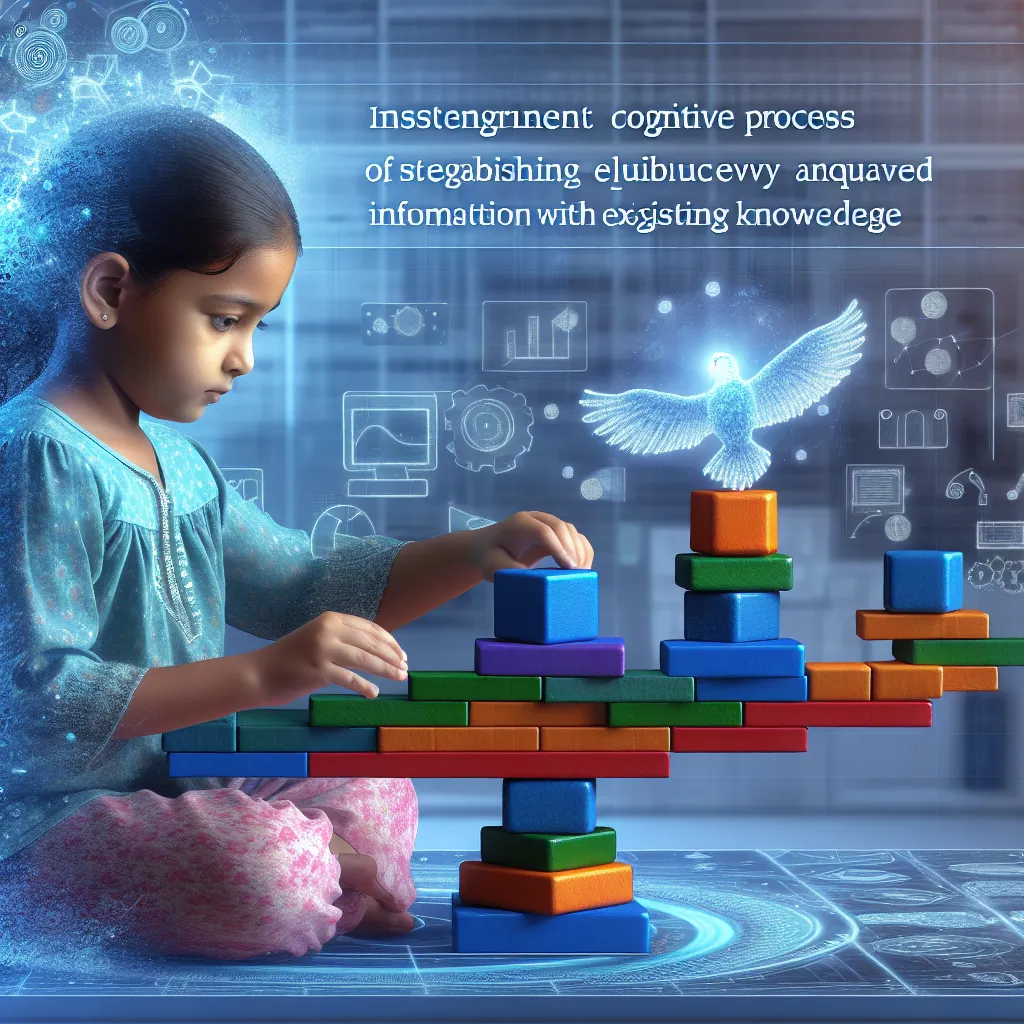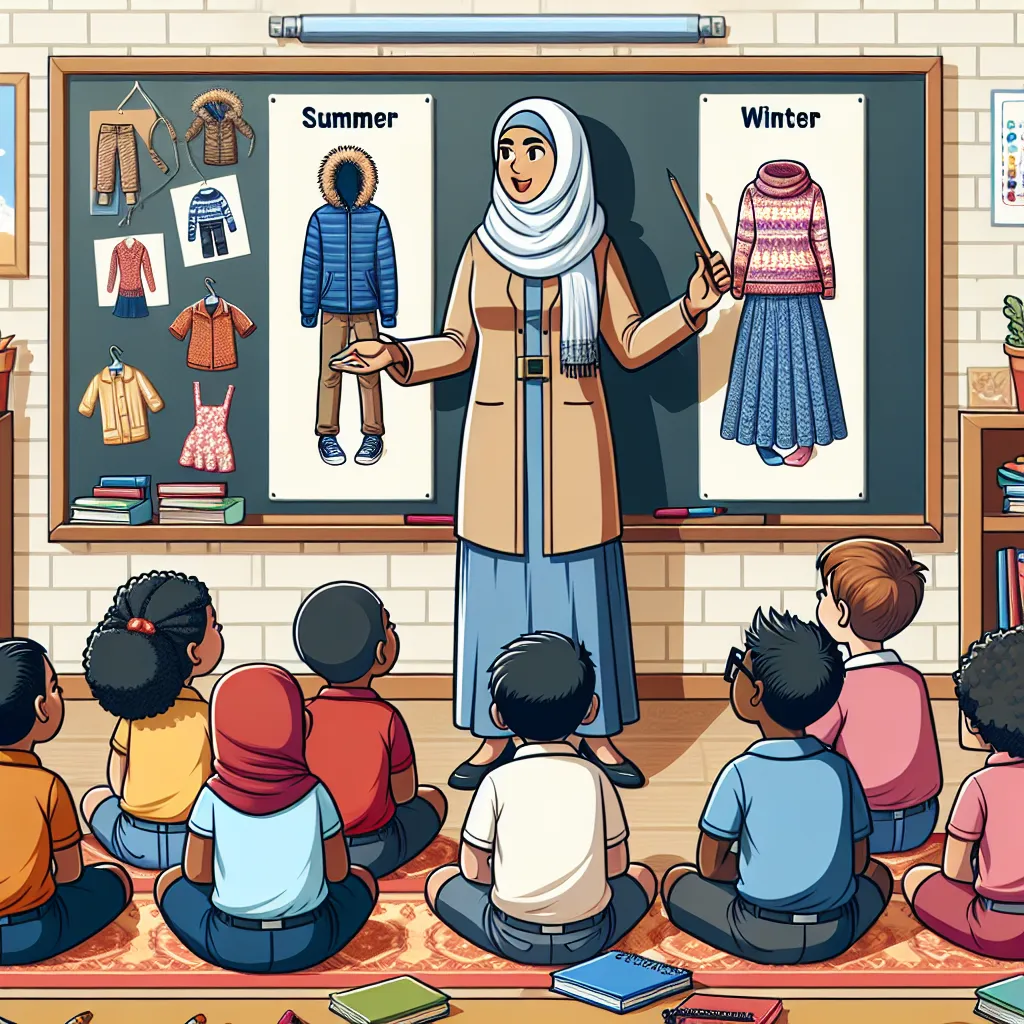Ask AI on The Internet
Question: Critically discuss the role of equilibrium in Piaget's theory of cognitive development and discuss how it relates to the balance between existing knowledge and new learning in a learner's mind. Provide ONE (1) example of a situation where a learner achieves equilibrium. (3)
Jean Piaget's theory of cognitive development emphasizes the critical role of equilibrium in how humans learn and adapt to new information. Equilibrium refers to the cognitive state where a person's existing knowledge (schemas) is in balance with new experiences or knowledge. Piaget theorized that cognitive development occurs through a cycle where an individual experiences disequilibrium (a state of cognitive imbalance or confusion), which drives them to restore equilibrium either by assimilation (integrating new information into existing schemas) or accommodation (modifying existing schemas or creating new ones to incorporate new information). **The Role of Equilibrium** 1. **Driving Cognitive Development**: - Equilibrium is the driving force behind cognitive development. When learners encounter new information that does not fit their existing schemas, they experience cognitive discomfort or disequilibrium. To resolve this discomfort, they either assimilate the new information into their existing framework or accommodate their cognitive structures to integrate the new knowledge. This process leads to a more refined and sophisticated understanding of the world. 2. **Balancing Act**: - Equilibrium maintains a balance between assimilation and accommodation. While assimilation allows learners to incorporate and understand new information based on their existing knowledge, accommodation challenges their existing cognitive structures, prompting growth and development. Effective learning involves a dynamic balance between these two processes, contributing to a more flexible and adaptable cognitive system. **Example of Achieving Equilibrium** Consider a child who understands that birds are animals that can fly. This schema works well until the child encounters a penguin, a bird that cannot fly. This new information creates a state of disequilibrium as it conflicts with the child's existing schema of birds. 1. **Encountering Disequilibrium**: - The child experiences cognitive discomfort because the existing schema (birds can fly) does not encompass the new information (penguins are birds but cannot fly). 2. **Assimilation and Accommodation**: - The child could initially try to assimilate this information by thinking that perhaps the penguin is an exception or a different kind of animal. However, further learning and more examples (such as ostriches and emus, also birds that cannot fly) will lead to accommodation. 3. **Restoring Equilibrium**: - The child modifies their schema to understand that birds are a class of animals that can either fly or have other adaptations like swimming. The new, refined schema allows the child to accurately categorize birds in a more comprehensive manner. Through this process, the child achieves equilibrium by adjusting their cognitive structure to encompass a broader understanding of what constitutes a bird. This dynamic process of moving between disequilibrium and equilibrium facilitates cognitive development and a deeper understanding of the world.
Think your answer is better than the AI's? Post it below.
Other Most Relevant Posts:
 2.1 Piaget's Theory Unveiled: Understanding Knowledge Acquisition in Learners
2.2 Unlocking the Power of Schemes: Piaget's Perspective on Cognitive Development
2.3 Assimilation Unraveled: Integrating
2.1 Piaget's Theory Unveiled: Understanding Knowledge Acquisition in Learners
2.2 Unlocking the Power of Schemes: Piaget's Perspective on Cognitive Development
2.3 Assimilation Unraveled: Integrating
 2.1 Piaget's Theory of Knowledge Acquisition: Exploring How Learners Develop Understanding
2.2 Unlocking the Power of Schemes: Piaget's Idea of Learners Interacting and Modifying Their Mental Structu
2.1 Piaget's Theory of Knowledge Acquisition: Exploring How Learners Develop Understanding
2.2 Unlocking the Power of Schemes: Piaget's Idea of Learners Interacting and Modifying Their Mental Structu
 2.1 Unveiling the Pillars of Piaget's Knowledge Acquisition Theory
2.2 Unlocking Piaget's Concept of Schemes: How Learners Develop and Modify
2.3 The Art of Assimilation: Integrating New Information i
2.1 Unveiling the Pillars of Piaget's Knowledge Acquisition Theory
2.2 Unlocking Piaget's Concept of Schemes: How Learners Develop and Modify
2.3 The Art of Assimilation: Integrating New Information i
Question Tags
If you want your question answered by an AI, click here.




Post your own comment: